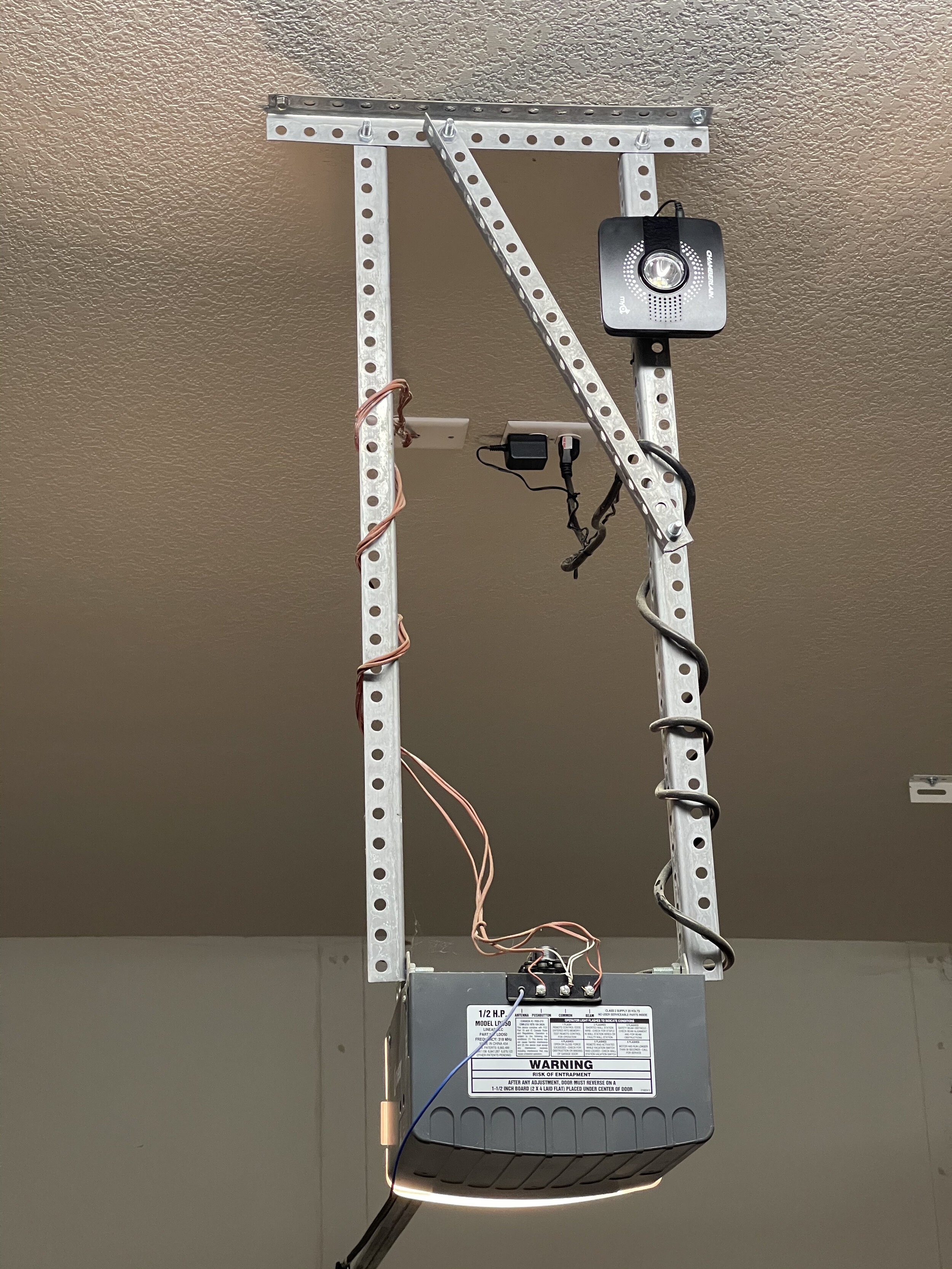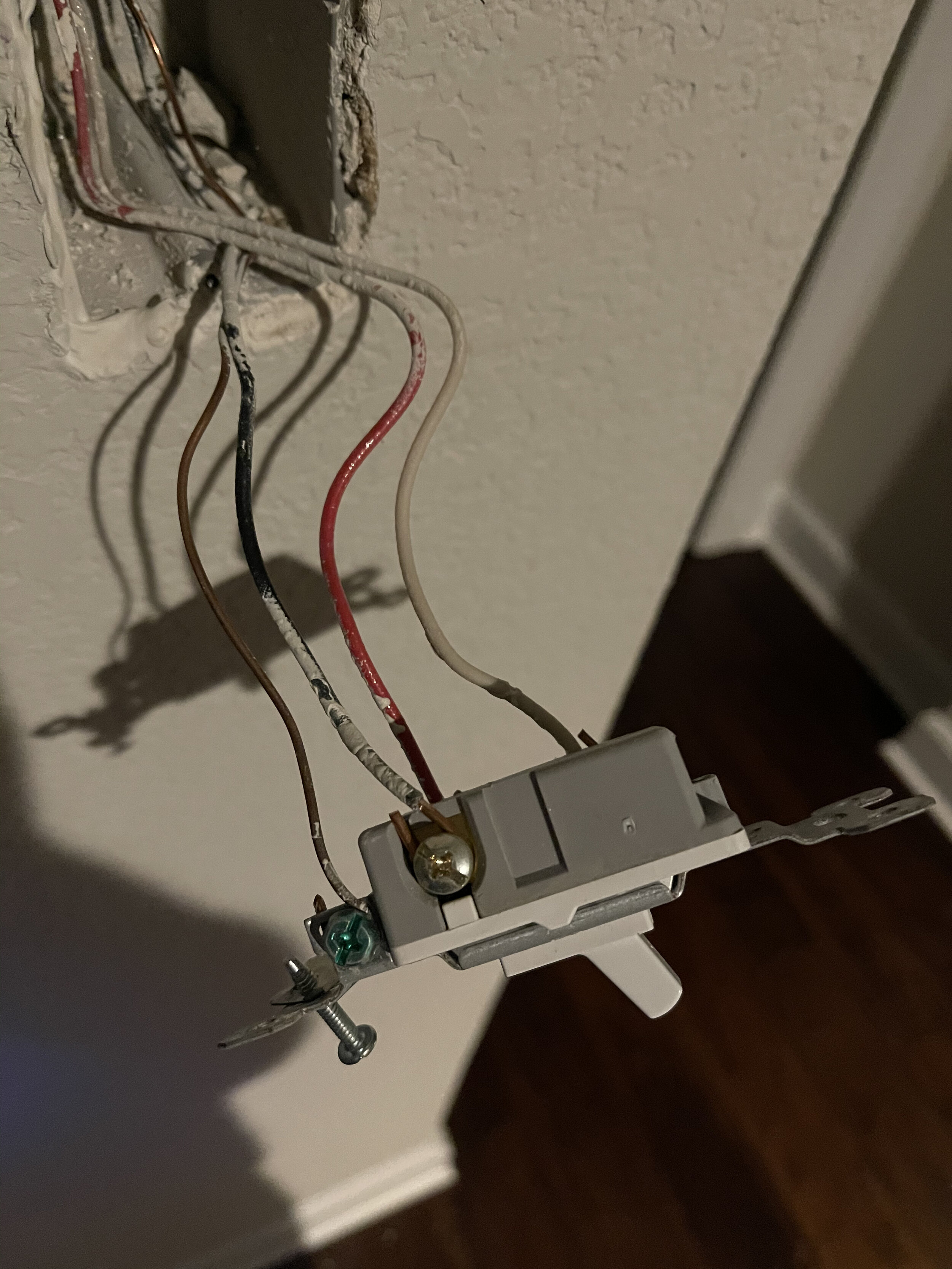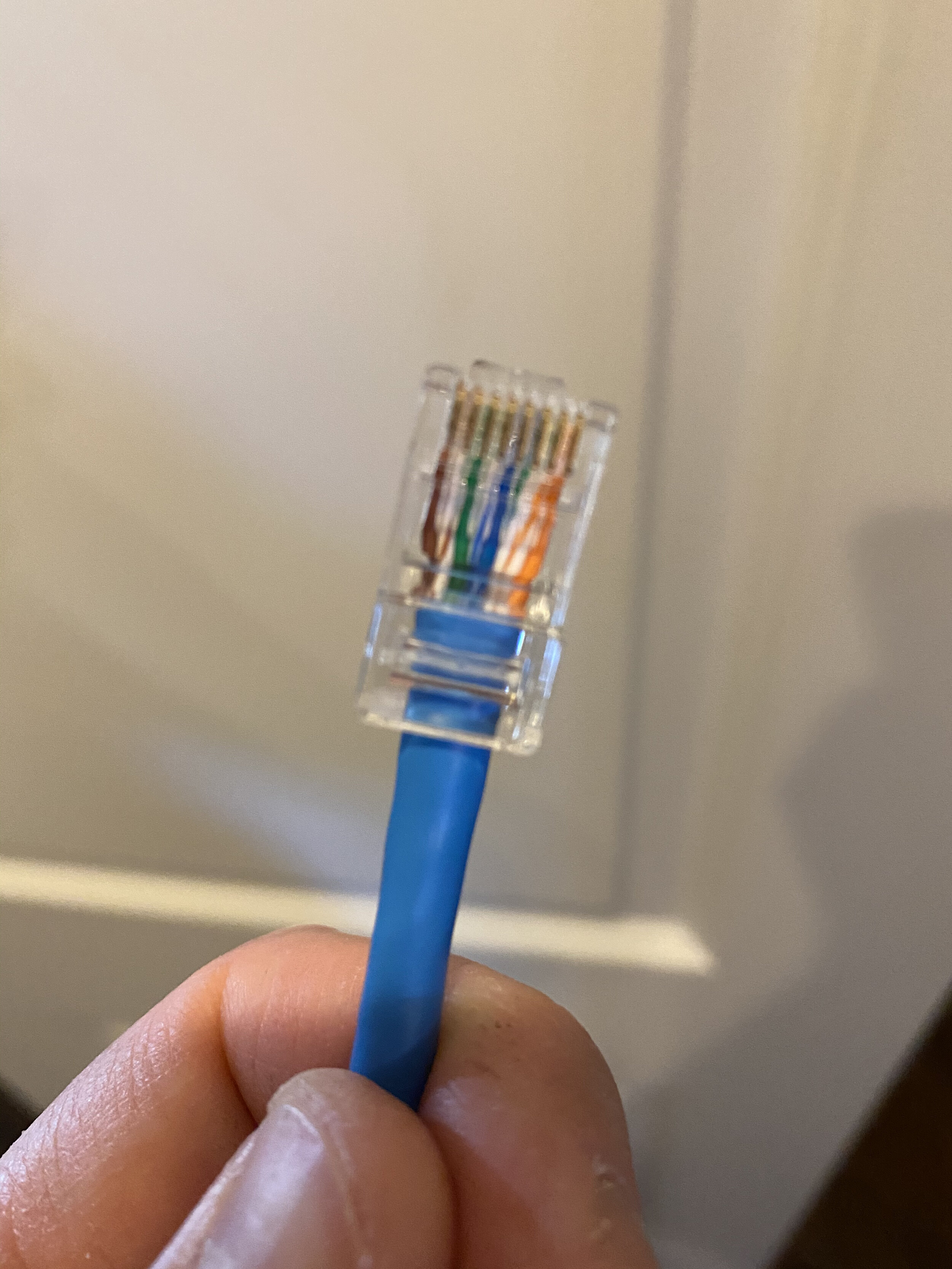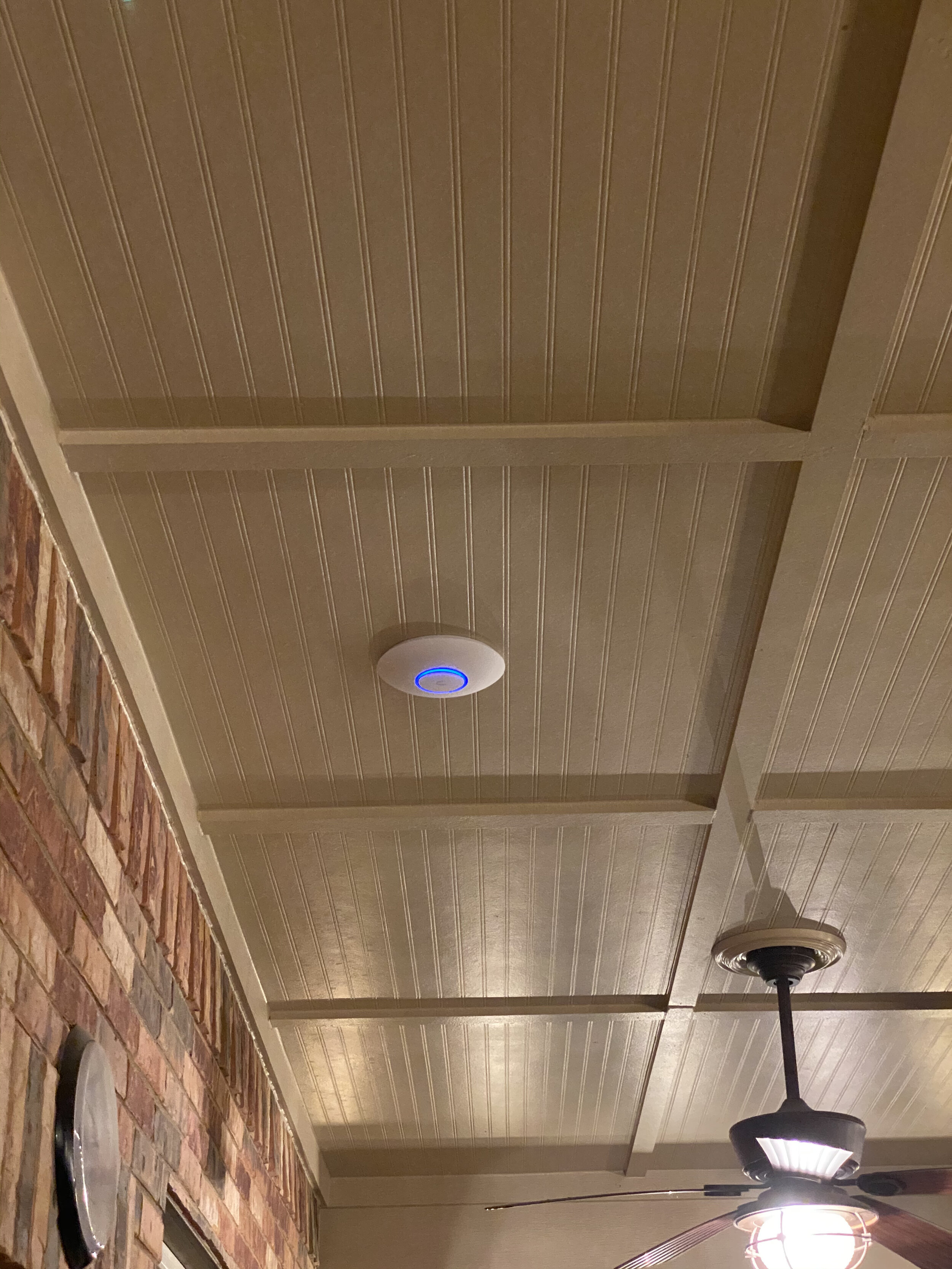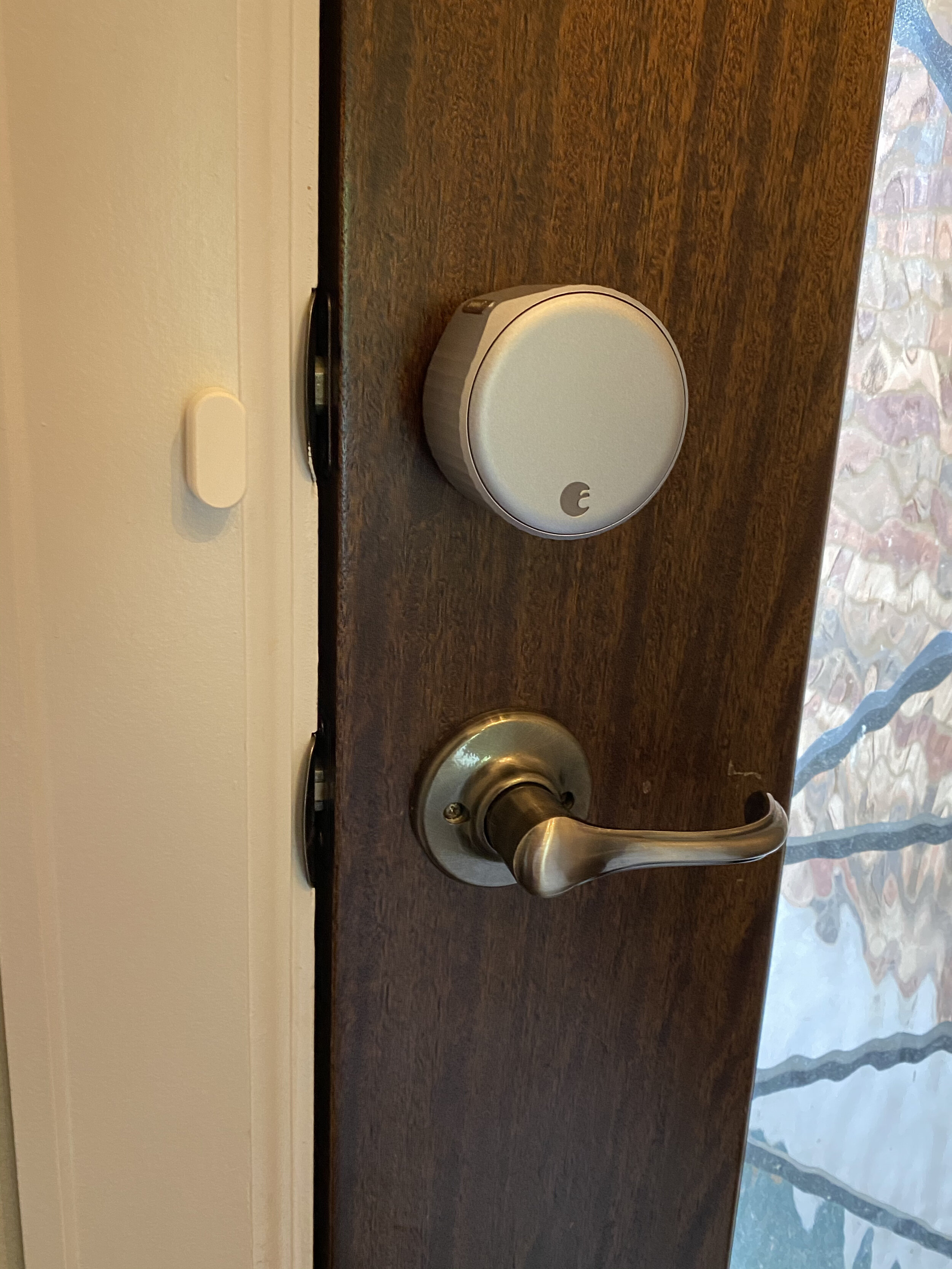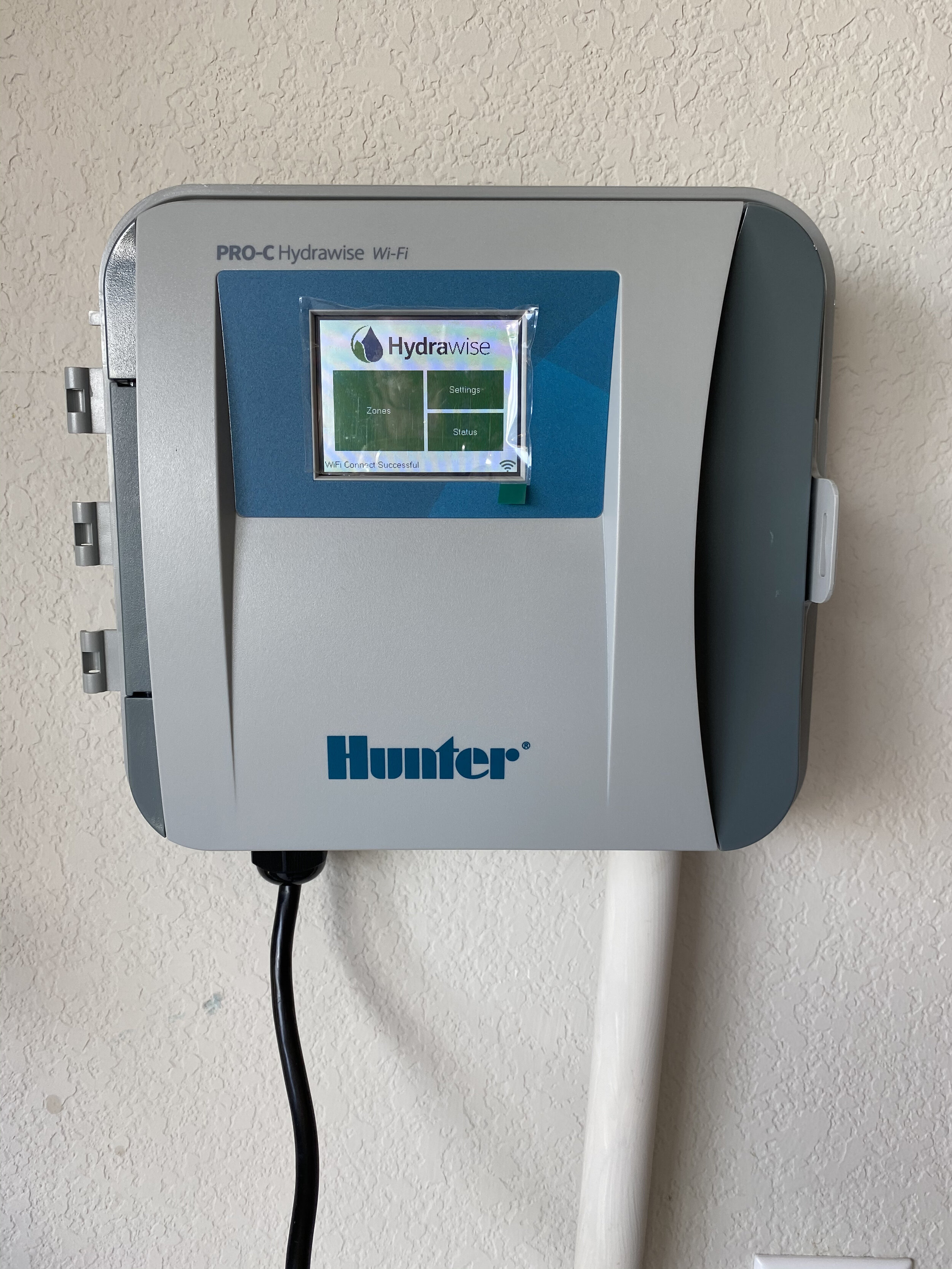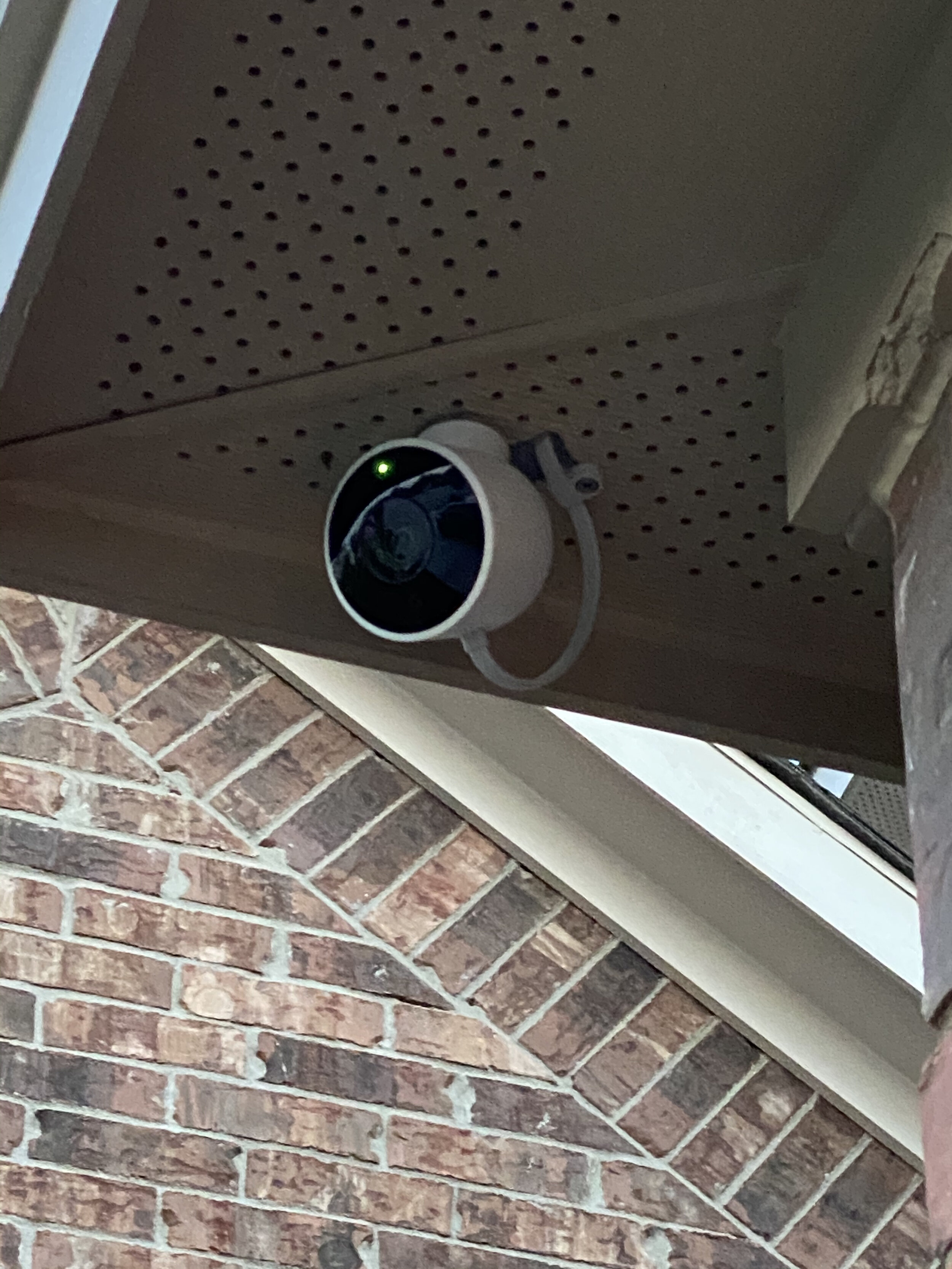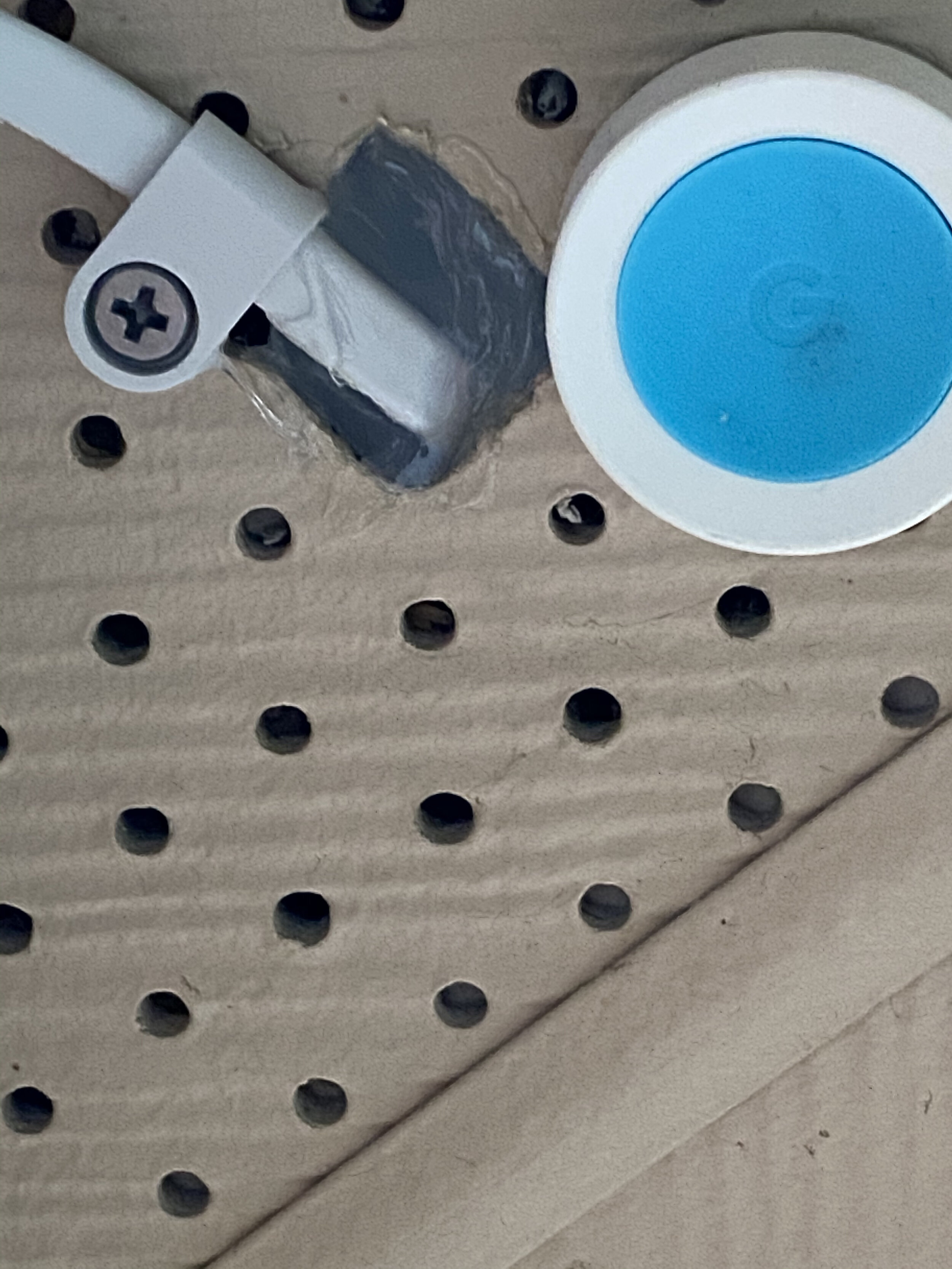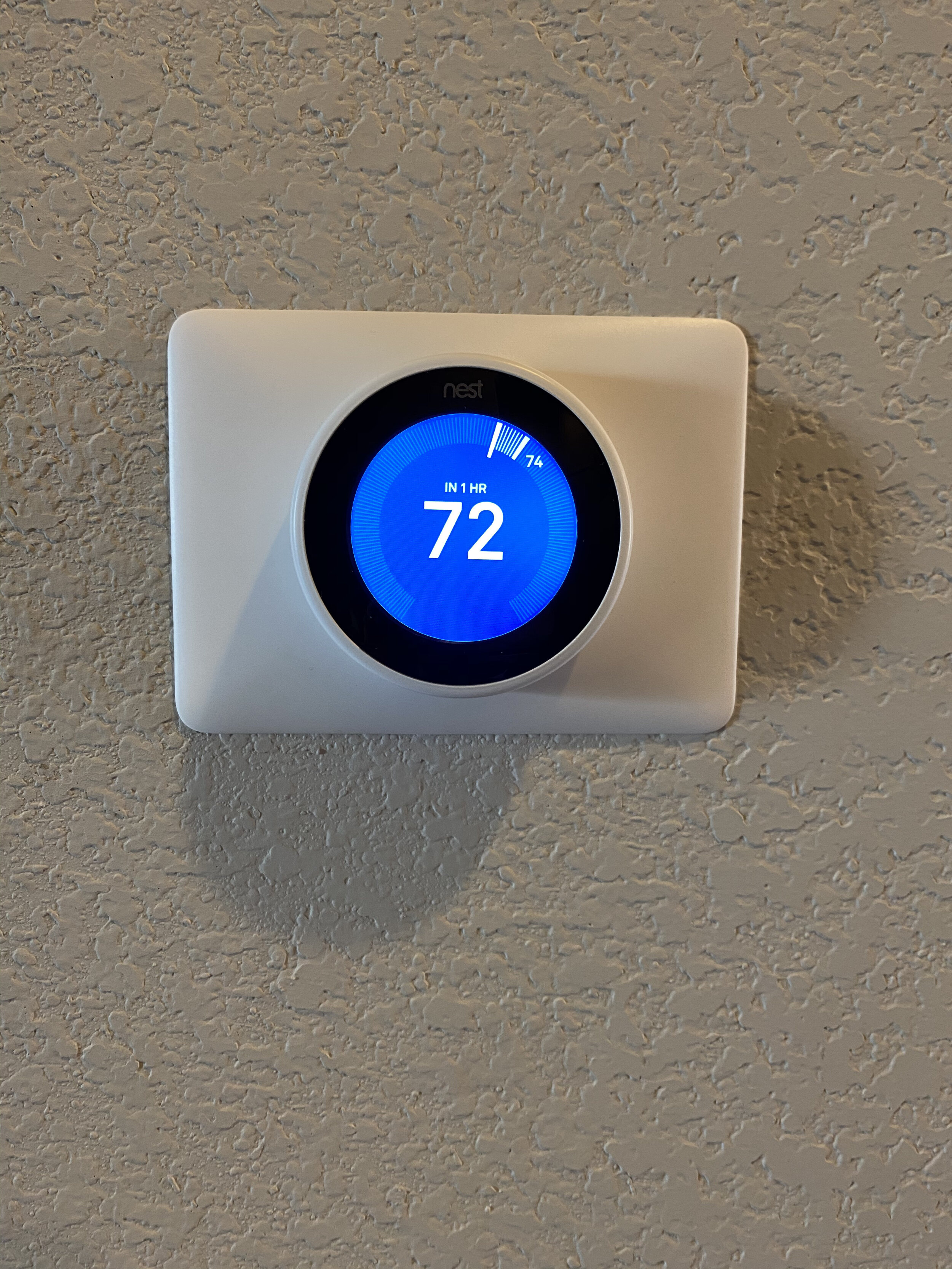My Smart Home
Years ago, sophisticated home automation seemed like an unattainable reality without the help of an electrician, networking expert, or a nerdy friend. The reality is that the market has a lot of options to smarten up your home. They range from the plug and play to flip-the-breaker installs.
A lot of these items come with different degrees of sticker shock. The configuration I am going to outline below was accumulated over many months, out of need and curiosity. When my wife and I bought a house earlier this year, it became clear that while not essential, these tweaks could significantly improve our quality of life. Onward!
Getting Started with Climate Control & Security
When we bought our home in May 2020, the first upgrade was swapping out the old Honeywell thermostat to a Google Nest Learning Thermostat. The home was unoccupied and temperatures in Central Texas were rising. I figured if I was going to be doing some form of pre-move manual labor, the thermostat was critical to cool off the house before I got there. Dropping the temps on moving day made the t-stat worth it.
As we settled into the new home, we realized that our bedroom ran hot at night. Our house is made of brick and gets sun on three sides. To solve this we put a Google Nest Temperature Sensor in the bedroom. During the day, I’ve got Nest prioritizing the hallway temperature, and overnight I’ve got the bedroom sensor controlling the system.
To round out our Nest install, I added two Google Nest Outdoor Cameras and a Nest Doorbell. I found this video really helpful when installing my cameras. With my Google Nest configuration set up to my liking, I moved on to the front door.
My three beautiful nieces live 500 feet away and often will come over to swim in our pool. I began to see a trend forming of us running through the house, dripping water, having to unlock or lock the front door. It became clear that, like the Nest Thermostat, a new August Wi-Fi Smart Lock would quickly pay for itself.
Keeping the Lawn Green
In Central Texas, your Bermuda grass can quickly go from green to white/yellow/brown if you’re not careful. Our new home came with a Hunter X-Core manual sprinkler controller. Between a broken dial and not knowing if the sprinklers were actually coming on at 5 am, I was ready for something a little nicer. Enter the Hunter Hydrawise WiFi-enabled controller. It’s got a great app to set up your programs and read reports on actual watering.
Network Coverage & IoT
As I began accumulating smart home devices, It was clear that my AT&T router wasn’t going to consistently support the diversity of devices both on the 5 GHz and 2.4 GHz. For those unfamiliar with the differences, Netgear sums it up well:
The 2.4 GHz band provides coverage at a longer range but transmits data at slower speeds. The 5 GHz band provides less coverage but transmits data at faster speeds. The range is lower in the 5 GHz band because higher frequencies cannot penetrate solid objects, such as walls and floors.
As I began to flirt with the idea of upgrading my home network, I was quickly pointed in the direction of Unifi.
With a little bit of false confidence and a few hundred feet of cat6 cable, I began planning my wireless access point (WAP) plan. This was prior to Cardi B. ruining that acronym forever.
I decided to install two Ubiquiti Networks Unifi 802.11ac Dual-Radio PRO Access Point (UAP-AC-PRO-US) in the house. One in the hallway, visible from most of the large interior rooms in the house, and one on the back porch, ensuring full coverage over the pool and patio.
Once I had installed these two WAPs, I identified an opportunity to fill in the front part of the house by adding a Unifi Beacon HD Access Point.
In all, this setup has proven able to support all of my devices. One critical step is to turn off the internal WiFi in your cable modem as these are doing a much better job.
Lights. Cameras. Apple HomeKit.
Having done everything prior and paying the related credit card charges, I was ready to put a cherry on top of my smart home with some smart light switches.
At my day job, I oversee commercial office space facilities, among other things. A couple of years ago, I was introduced to the Lutron Vive product line. It is an incredibly flexible solution in an environment with 100+ switches. The residential application, Lutron Caseta, is total overkill that is well worth the price of admission.
As with the rest of my smart home devices, I started with solving a problem before moving to non-essential purchases. First up was getting my Lutron Smart Start Kit to lay the foundation for what was to come.
With my Lutron environment established, I was free to begin expanding as I saw fit. My priorities were as follows:
Turn exterior lights on at sunset; Turn off at sunrise
Turn select interior lights on upon arriving at home
Create scenes based on time of day or event
With this strategy in mind, I was able to use the Lutron app and Apple HomeKit to create some slick automation. When my wife or I arrive home, certain lights come on to welcome us. When we both leave, all of the lights shut off, with the exception of the exterior lights.
Along with this home occupancy logic, I have also programmed a few scenes in Apple HomeKit:
Party City: All common area lights up to 100%
Relax: 7-9 pm lighting down to 30%
Max Chill: Most lights off, one at 20%
Leave Home/Goodnight: All lights off, except front exterior. (They run on Lutron sunrise/sunset schedule)
Fans On: Sometimes the smoke detectors go off or the humidity level in the house rises, this quickly circulates air with the HVAC fan on and ceiling fans spinning.
Utilizing Apple HomeKit, I am able to have the majority of my products under one control panel. There are times when I will use a native app, such as the Lutron sunrise/sunset integration. There has also been one instance where I had to buy something to connect two devices that didn’t want to play nice together: Google Nest & Apple HomeKit. Of course, these two would not want to have their products integrate. Luckily, there is an aftermarket bridge that warms up this cold war and connects Nest to HomeKit. The Starling Home Hub plugs in to your network switch and with a quick configuration connects all the devices seamlessly.
All Projects Have a Finish Line
As I mentioned earlier, this didn’t happen overnight, nor do I feel a sense of completion. I still have light switches I would like to switch to Lutron, devices I could tell Alexa to control, and ways to turn our app-controlled devices into more passive experiences through motion detectors and geofencing.
For the holidays, I received two MyQ Smart Garage Door Openers and some Wemo Smart Outlets, both indoor and outdoor. With these recent additions, I am nearly done with my smart home conversion.
I hope this narrative inspires you to finally start your smart home project and align with a product line. In a crowded market, it’s important to make smart decisions early on before finding yourself with multiple brands of smart home products.

